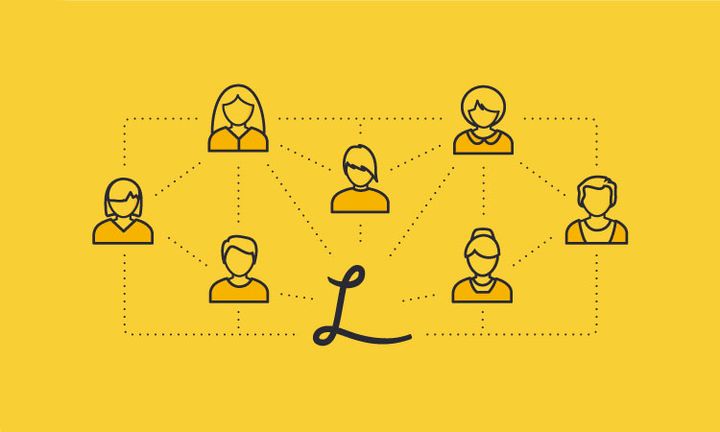
If you read The New York Times Magazine in February 2016, you probably saw “The Work Issue;” it spanned nine articles. The most compelling one, in my opinion, was called “What Google Learned From Its Quest to Build the Perfect Team.” It broke down an initiative that Google started in 2012 called Project Aristotle, which involved studying hundreds of Google’s teams to figure out why some stumbled and others soared.
Google published the results in 2015, and the researchers were, admittedly, surprised by what they found. The strongest teams weren’t filled with the brightest minds or the hardest workers; the #1 thing that led to team success was psychological safety.
A team has psychological safety when its members believe they can take risks without feeling insecure or fearing embarrassment. In one case at Google, a leader by the name of Matt Sakaguchi promoted psychological safety by asking each team member to share something that others may not know about them.
Matt went first. He said, ‘‘I think one of the things most people don’t know about me is that I have Stage 4 cancer.’’ He explained that, way back in 2001, a doctor discovered a tumor in his kidney. By the time the cancer was detected, it had spread to his spine. For nearly half a decade, it had grown slowly as he underwent treatment, while continuing his work at Google. Recently, doctors had found a new, worrisome spot on a scan of his liver that was far more serious.
The article continues: “No one knew what to say. The team had been working with Matt for 10 months. They all liked him, just as they all liked one another. No one suspected that he was dealing with anything like this.”
This quote, from Matt’s team member, says it all: ‘‘To have Matt stand there and tell us that he’s sick and he’s not going to get better and, you know, what that means. It was a really hard, really special moment.’’
I share this excerpt because it points to the benefit of team vulnerability and the practice of leaders sharing first, thereby encouraging their teams to follow suit.
How we practice vulnerability
At Lessonly, I tell every new employee about my family, and the mistakes we made. I share the things I’ve done wrong in this role (and those in my past), what I have learned from them, and what I still fear today.
I am explicit about why I do this: I do not believe that we can put our work face on for 8 hours a day and then switch over to our home face for the remainder of the day. Work is too important—it’s such a big part of our lives—that we need to get used to something that may sound wrong to some of you:
We need to allow our coworkers to share their home lives with us—even though it might be painful or, at times, distracting. We need to let the whole person come to work every day.
And we need to call on vulnerability to expose people’s fears, doubts, and wonders—only then will we be able to work with one another in an optimal way.
If there’s someone on your team who shatters others’ ability to be vulnerable, you probably know what to do—help them find a different job.
If you want to plant the vulnerability seed, I recommend going off-site with your team. Use most of the time for strategic planning, but start the daylong meeting off with an exercise called High/Low, where each team member shares something they are very proud of and something that was very difficult for them to go through. People might groan when you ask them to do this, but I promise it will be an amazing experience for you and your team and contribute to a better company culture. Through this exercise, you will likely learn a lot about your teammates that puts their behaviors and approaches into perspective, and you will surely feel closer to them afterward.
Thanks for reading.
—
Max is the CEO and Founder of Lessonly, the world’s leading team learning software. Lessonly helps thousands of learners around the world do better work by translating important company knowledge into lessons that improve team productivity.
